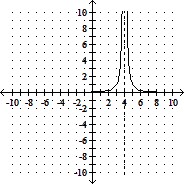Use the graph of the function f(x) to locate the local extrema and identify the intervals where the function is concave up and concave down.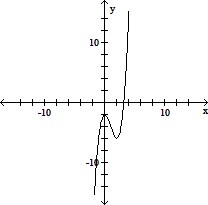
A. Local minimum at x = 0; local maximum at x = 2; concave up on (0, ?); concave down on (-?, 0)
B. Local minimum at x = 2; local maximum at x = 0; concave up on (0, ?); concave down on (-?, 0)
C. Local minimum at x = 0; local maximum at x = 2; concave down on (0, ?); concave up on (-?, 0)
D. Local minimum at x = 2; local maximum at x = 0; concave down on (0, ?); concave up on (-?, 0)
Answer: B
You might also like to view...
Solve the problem.If  converges, what can be said about
converges, what can be said about  , where k is an integer greater than 1?
, where k is an integer greater than 1?
A. The series always converges. B. The series always diverges. C. The series may converge or diverge.
Find the GCF of the given numbers.90, 126, and 108
A. 2 B. 9 C. 126 D. 18
Use Cramer's rule to solve the system. x + 2y - 3z + w = 7 3x + 4y - z + 2w = 4-2x + y + z - w = -3 x - y + 2z - 2w = 1
A. 
B. 
C. 
D. 
Sketch the graph of the rational function.f(x) = 
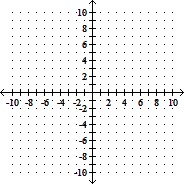
A. 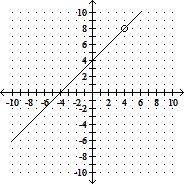
B. 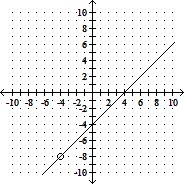
C. 
D. 